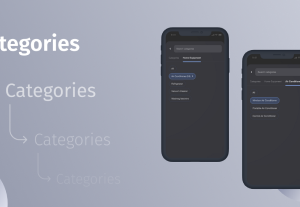- Artificial Intelligence, Behavioral Science, Defining AI, Design, Design Theory, Empathy, Usability, UX Education, UX Magazine
Historically, the values of gender-caste-based minority have been systematically excluded from even being tallied, resulting in gender-biased or gender-invisible prior statistics.
Article by Paula Stenholm
AI is getting better and better — at being biased.
- The values of gender-caste-based minority have been systematically excluded from even being tallied, resulting in gender-biased or gender-invisible prior statistics.
- Data scientists have said that there are two main ways that AI perpetuates gender bias: one is caused by Algorithmic and design flaws and the other is the reinforcement of gender stereotypes through new digital products that project a technological gender.
- Paula Stenholm, a user experience designer at Ellos Group, gives a lot of reasons why datasets are skewed:
- Real world patterns of health inequality and discrimination
- Discriminatory data
- Application injustices
- Biased AI design and deployment practices
Share:AI is getting better and better — at being biased.
Share this link
- February 23, 2022
7 min read







